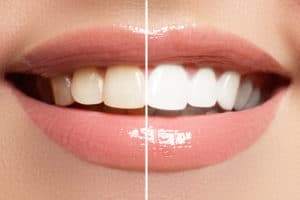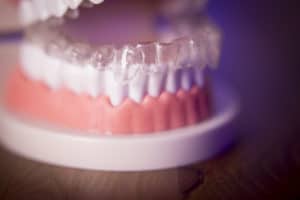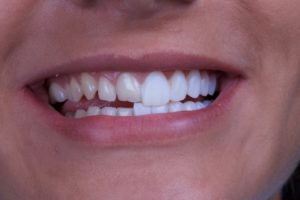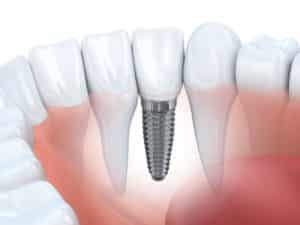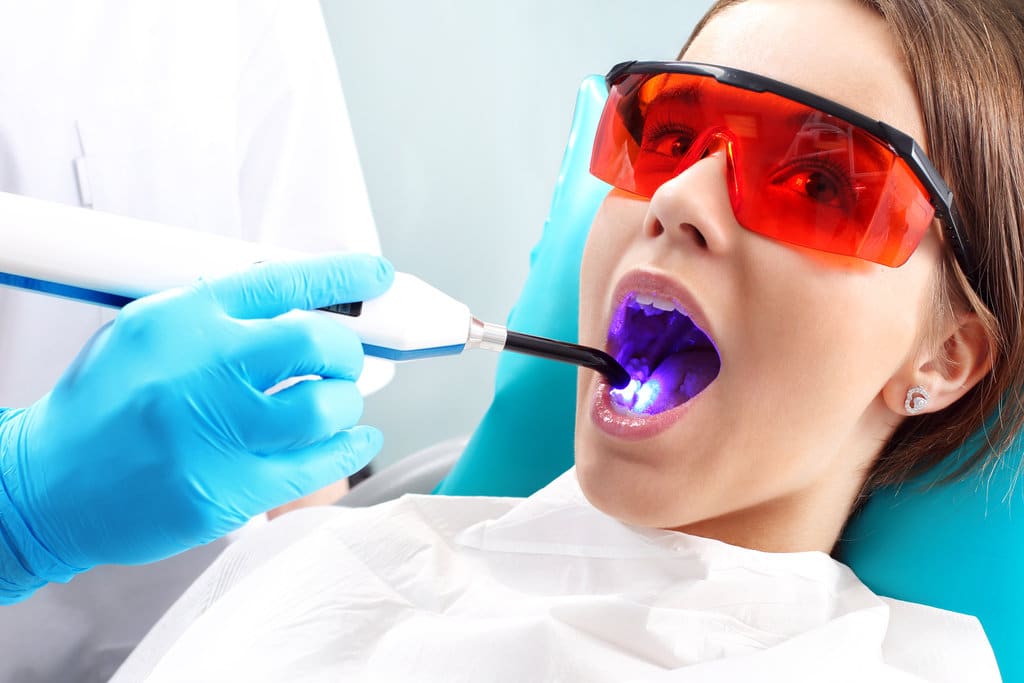Quick Same-Day Crowns for You
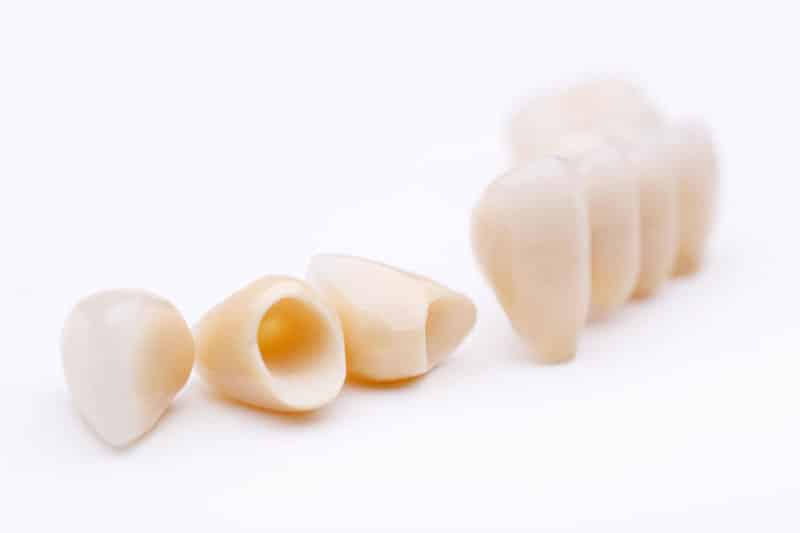
In the past, same-day crowns were not available to patients. However, today they are a reality. The integration of two major advances in technology makes same-day crowns possible: digital scanners and in-office milling machines. If you’ve got a tooth that has been seriously weakened or damaged, a strong dental crown can save your tooth and help retain your smile for years to come. Now you can receive that strong crown, customized in-office, during your visit. See what a dental crown can do to restore your smile and how you can receive one quicker than ever before!
Keeping Your Teeth Healthy
We recommend brushing and flossing the teeth every single day. You should follow the American Dental Association’s recommendation of brushing the teeth at least twice a day. Why? The more you brush your teeth, the lower the amount of plaque you will have in your mouth. Plaque is the sticky, acidic substance made from sugars in the foods you eat mixed with bacteria in the mouth. It loves to eat away at your hard tooth enamel, weakening it over time. If you allow this to happen (by not brushing and flossing the teeth enough), then that weakening will occur. Not only will your enamel become weak, but it will also form small openings that will allow the inside of your tooth to decay.
Nobody wants to have teeth that have tooth decay, or cavities. Cavities slowly decay all that they can and a lot of that decay happens under the surface of your tooth. With enough tooth decay, you could lose a tooth or need such extensive work that you need a new tooth. However, there are other times where we can remove the tooth decay and save your natural tooth. That natural tooth will need to somehow be strong, and we provide that strength through a dental crown.
Dental Crowns
You may have heard of a dental crown before, but might not be familiar with what it is. Just as a crown sits on top of your head, a dental crown sits on top of a tooth. A dental crown is used in several different ways: to cover a damaged tooth that has been weakened, or to cover a dental implant post. If you’ve got a tooth that has been seriously weakened or damaged, a strong dental crown is a highly effective and attractive cosmetic dentistry solution. A crown is also referred to as a “cap,” and serves as protective armor for a tooth. After a dental procedure to remove decay, we can’t leave you missing part of your tooth or with a tooth in a weakened state. So, we create a dental crown that can cover all the work we do.
You may need a ceramic crown if you have a tooth that has been affected by breakage or fractures, cracks, large cavities, or outdated fillings that require replacement. Whether a crown is needed on a front tooth or a molar, we can handcraft a crown to fit over the tooth that needs it. Plus, ceramic crowns won’t show that unappealing dark band at the gumline that happens with tooth recession and decay. Our dental crowns are handcrafted in our lab and we make sure to use metal-free ceramic materials. Ceramic is very strong and will allow you to use full biting force as if it was your natural tooth.
Same-Day Dental Crown
Receiving a dental crown requires that we reduce part of your tooth enamel in some cases. This is to ensure that the crown fits over your natural tooth and blends in with the rest of your teeth. If we don’t reduce the enamel, then the tooth will stick out, which is something no patient wants. That’s why we take such care to carefully mold and craft a custom-made crown for you. In the past, there were several steps to receiving a crown. Usually, decay was removed from the tooth and a temporary crown provided until the following appointment. Then, our labs created a crown that you would receive during a second appointment.
Technology has allowed us the option to provide same-day crowns to our patients. How? Digital scanners and in-office milling machines that work together to create a crown during your time in-office. First, we scan the patient’s teeth to create an exact impression of the existing bite. (This digital scanner replaces the old impression molds that we used to create in a first appointment.) Then, the digital images sends information to the milling machine that makes a crown. This crown then goes into an oven to crystallize and set as the patient waits. Instead of taking days or weeks, the entire process from seeing your tooth to receiving your crown takes about 2 hours only.
Save Time at Your Dental Appointment
Sometimes, patients may wait to have work done on their teeth because they don’t have time for several appointments. You can skip coming into the office multiple times for one procedure by receiving a same-day crown. We can correct your tooth decay and give you a dental crown to protect your tooth for years to come. If you want to know more about our same-day crown option available to our patients, call Dr. Ania’s office today at 303-443-0998!


